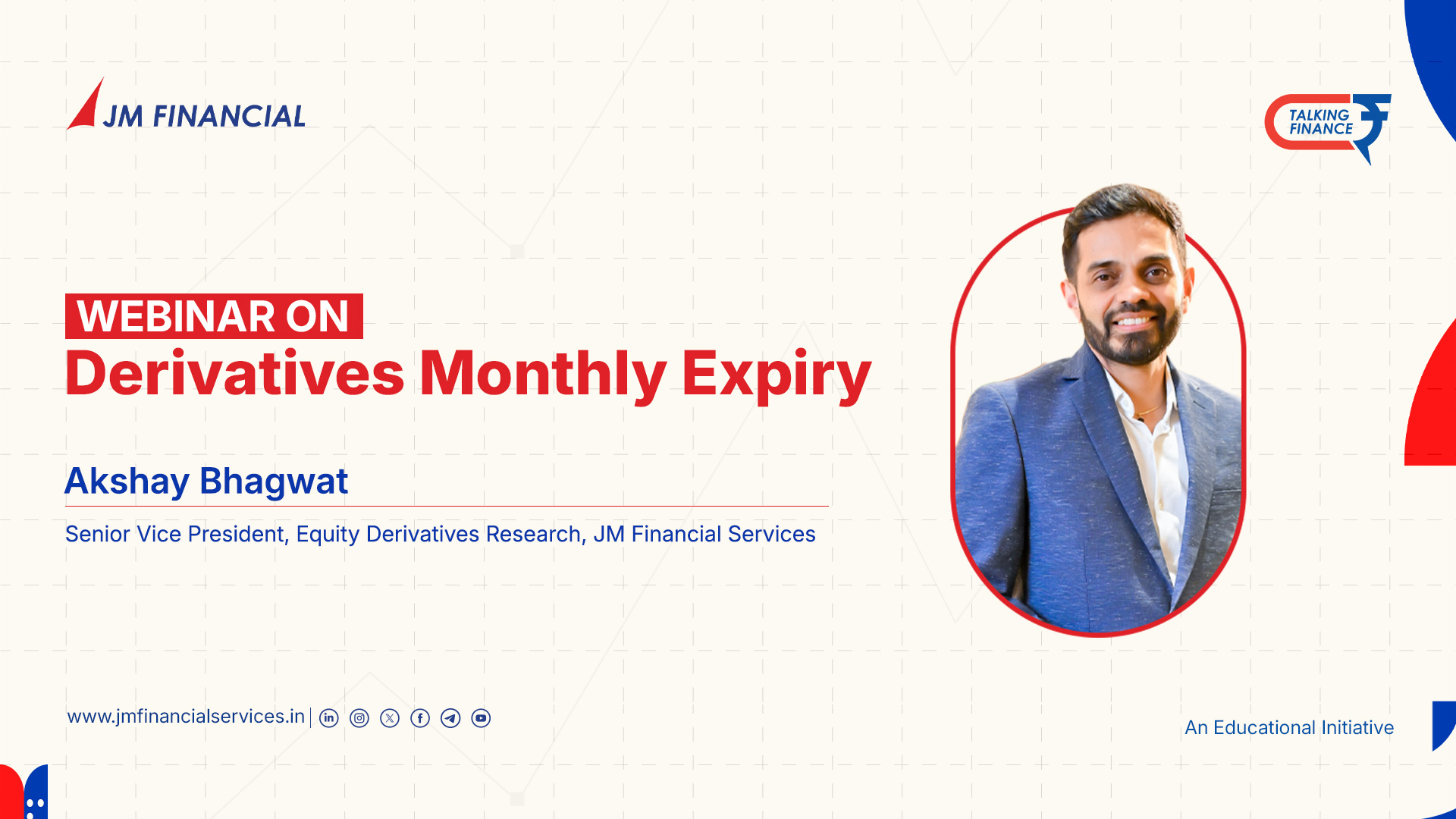What is NCDEX ?
If you've ever read or heard about farmers trading crops on an exchange or seen a news ticker mentioning agri-commodity prices, chances are you've come across NCDEX. But what exactly is NCDEX? And why does it matter?
Let me walk you through the essentials in plain English—no jargon, no fluff. Just the facts (with a little perspective), written for real people trying to understand how India’s commodity market works.
What Is NCDEX?
NCDEX stands for National Commodity & Derivatives Exchange Limited. It’s basically India’s go-to online platform for trading agricultural commodities. Think of it like the NSE or BSE, but instead of stocks, it focuses on items like wheat, soybean, chana, mustard seed, and spices.
Launched in 2003, NCDEX was created to bring structure and transparency to the way agri-commodities are bought and sold in India. Before that, most of this trading happened in unorganized mandis, which wasn’t exactly ideal for price discovery or fairness.
Importance Of NCDEX :-
India is an agricultural powerhouse. Millions of farmers rely on selling crops to support their families. But for the longest time, they were at the mercy of local middlemen, who often dictated prices. There was no formal way to hedge against price fluctuations or get a fair deal based on national demand and supply.
NCDEX aimed to change all that. By creating a centralized, electronic exchange, it allowed everyone—from farmers and traders to exporters and processors—to trade in a transparent, regulated environment.
How NCDEX Works
Let’s say you’re a farmer growing soybeans. You’re worried that by the time your crop is ready in three months, prices might crash. What can you do?
You go to NCDEX and enter into a futures contract, agreeing to sell your soybeans at a fixed price in the future. If market prices fall, you’re still safe—you’ve locked in a good rate. On the flip side, if prices rise, you might miss out on higher profits, but at least you’re protected from losses.
That’s hedging in a nutshell, and it's one of the biggest benefits of trading on NCDEX.
Now imagine you're a food processing company. You need a steady supply of mustard seeds at a predictable price. By buying futures on NCDEX, you secure your costs in advance.
Key Features of NCDEX
✅ Focus on Agri-Commodities
Unlike its cousin MCX (which deals in metals and energy), NCDEX is heavily focused on agriculture—everything from pulses to oilseeds, cereals, and spices.
✅ Regulated Environment
NCDEX is regulated by SEBI (Securities and Exchange Board of India). That means trades are monitored, transparent, and less prone to manipulation.
✅ Nationwide Reach
Farmers and traders from across India can access NCDEX through authorized brokers. There’s no need to travel to a city or mandi—trades happen electronically.
✅ Warehouse Integration
One cool feature of NCDEX is its link with certified warehouses. When you trade a physical commodity, like turmeric or jeera, the goods are stored in a verified warehouse, which ensures quality and prevents fraud.
Benefits of NCDEX (For Different People)
👨🌾 For Farmers
- Better price discovery: Farmers can see real-time prices, instead of relying on word-of-mouth.
- Risk management: Futures trading helps protect against market crashes.
- Access to more buyers: The exchange connects them to national and even global demand.
💼 For Traders & Businesses
- Liquidity: With lots of participants, trades can happen quickly.
- Standard contracts: No haggling over quantity or quality. Everything is predefined.
- Market signals: Helps companies plan better by studying future price trends.
🏦 For the Economy
A robust commodity market like NCDEX can stabilize prices, support fair trade, and even help shape national agricultural policy.
Challenges Faced by NCDEX
Let’s keep it real—no system is perfect. NCDEX has its share of hurdles:
Low Farmer Participation
Despite its benefits, many small farmers still don’t use NCDEX. Why? Lack of awareness, limited internet access, and sometimes a distrust of formal systems.
Speculation Risks
Like any market, commodity trading can attract speculators looking for quick profits. This sometimes causes price volatility, which can affect real producers.
Complexity for New Users
The whole idea of futures contracts, margin requirements, and contract expiry can be confusing for someone new. More education and handholding is needed, especially at the grassroots level.
Recent Developments
Over the last few years, NCDEX has tried to become more inclusive. Here are a few recent steps they’ve taken:
- Launch of “Options in Goods”: This is a newer way to trade, offering a simpler hedging tool with limited risk.
- Mobile trading apps: Brokers now offer smartphone apps that make it easier for rural users to trade.
- Farmer Producer Organizations (FPOs): NCDEX is working with FPOs to help farmers trade collectively, get better rates, and understand how the system works.
Final Thoughts: Is NCDEX the Future of Indian Agriculture?
Honestly, it’s already playing a big role. But there’s a long road ahead.
If you're someone looking to explore commodity trading, or if you’re just curious about how agricultural markets are modernizing, NCDEX is a great case study. It brings structure, safety, and a real sense of possibility to one of India’s most important sectors.
- PAN Card
- Cancelled Cheque
- Latest 6 month Bank Statement (Only for Derivatives Trading)





